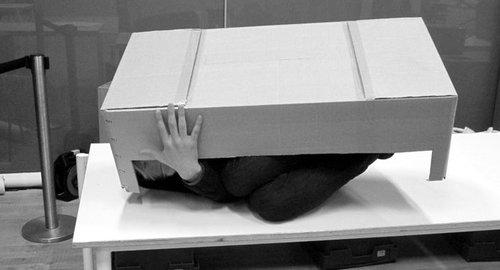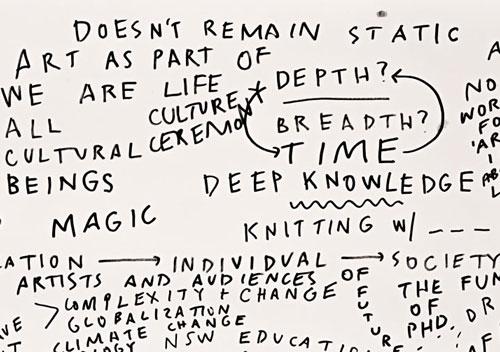Choose your own immersion: Art schools as a site of creative becoming
The Bauhaus, as the best-known model of immersive studio-based teaching and learning across art, craft and design that inspired the “Modern” post-WW2 art school, opened in Weimar in 1919. What can it teach us a hundred years later, when the model is in retreat? The Bauhaus lasted fourteen years, having relocated three times under three directors, each one amending doctrines and agendas. Ideological bloodletting and stylistic jostling—Expressionism, de Stijl, Functionalism, New Objectivity—along with petty internal politics were part of the Bauhaus fabric, just as they remain constant in all art teaching institutions. The forced closure of the Bauhaus in 1933, during the rise of National Socialism in Germany, puts current anxieties surrounding the pressures on the global tertiary sector and its impact on the traditional late modern art school into context. So does the very idea of the artist’s studio as a site of learning and becoming: a golden age privileging our collective desires for more time at the creative coal face, galvanised by romantic recollections of a period when the immersive studio was a central tenet for realising one’s identity as an artist.










